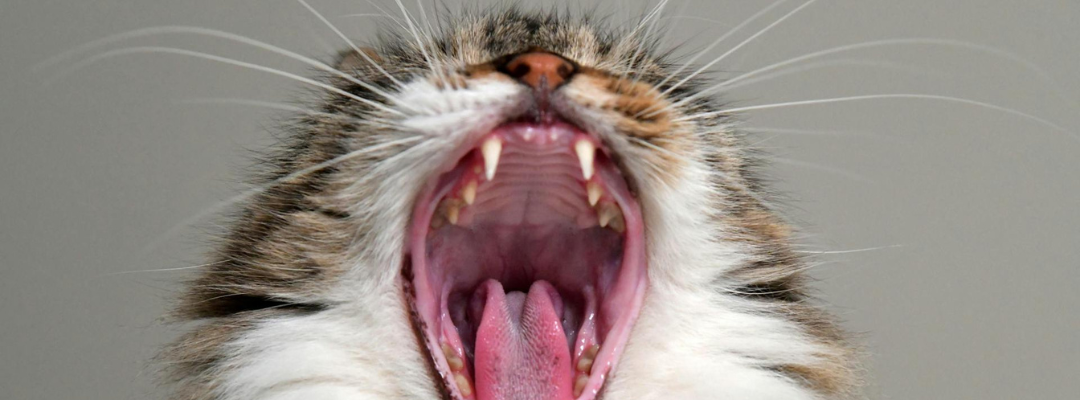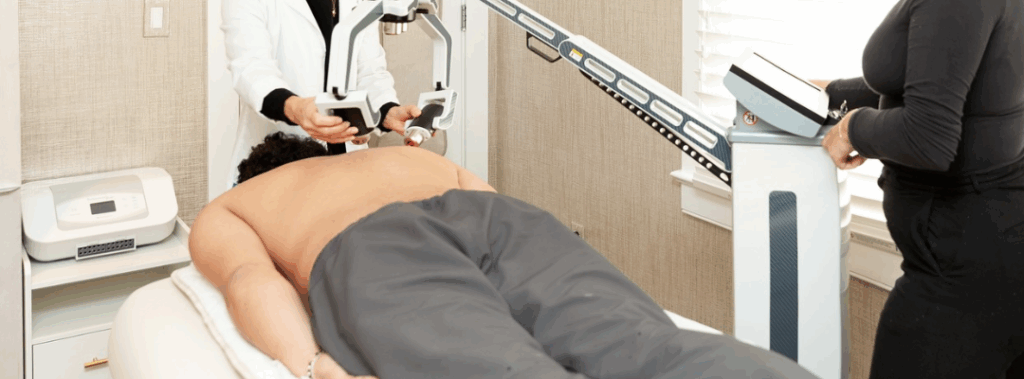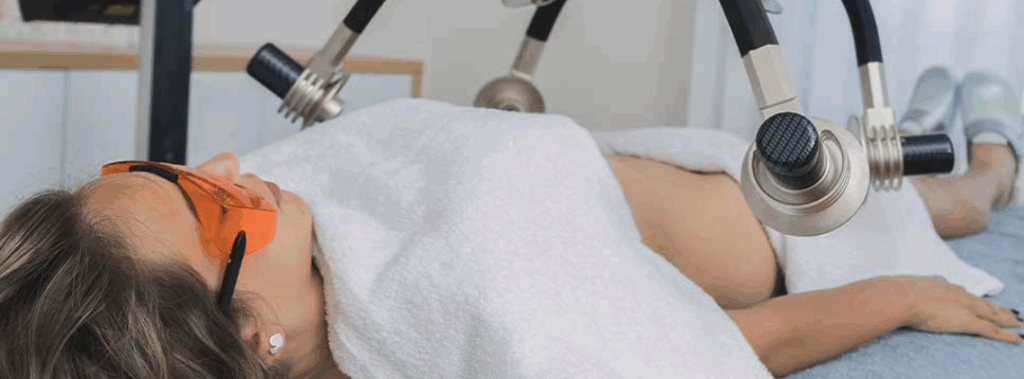
Periodontal disease is one of the most common health issues affecting pets, yet it’s often underestimated by pet owners. While it may begin with subtle signs like bad breath or mild gum irritation, it can quickly escalate into a serious condition impacting a pet’s overall quality of life. Studies have shown that 80-90% of dogs over 3 and 50-90% of cats over 4 show signs of some stage of dental disease.
As awareness grows around the connection between oral and systemic health, pet owners are increasingly seeking comprehensive and minimally invasive approaches to care. In recent years, veterinarians have been integrating low-level laser therapy (LLLT), also known as cold laser therapy, into dental protocols as a supportive tool to help reduce inflammation, manage discomfort, and promote faster healing following dental procedures.
Below, we’ll explore how this therapy fits into veterinary dentistry and what steps you can take to protect your pet’s dental health long-term.
What is Periodontal Disease in Pets?
Periodontal disease in pets is one of the most common health issues affecting dogs and cats, especially as they age. It refers to an infection or inflammation of the tissues that surround and support the teeth, including the gums, periodontal ligament, and jawbone. This condition begins when plaque and tartar accumulate along the gumline, allowing harmful bacteria to thrive.
Small breed dogs, senior pets, and certain flat-faced breeds like bulldogs or pugs are particularly susceptible, as their dental anatomy creates an environment where plaque accumulates more easily. In cats, periodontal disease is also common and may be compounded by conditions like feline stomatitis or resorptive lesions.
The Four Stages of Periodontal Disease
Veterinarians often classify periodontal disease in pets into progressive stages:
- Stage 1 (Gingivitis): Mild gum inflammation with no bone loss
- Stage 2 (Early Periodontitis): Moderate gum redness and some tissue damage
- Stage 3 (Moderate Periodontitis): Deep pocketing, visible bone loss, and tooth mobility
- Stage 4 (Advanced Periodontitis): Severe infection, tooth root exposure, and chronic pain
Unfortunately, by the time many pet owners recognize the signs, such as difficulty chewing, drooling, or visible tooth loss, the disease is already well advanced. Because of this, being aware and catching signs early makes a major difference in long-term outcomes.
How Pet Oral Health Affects Whole-Body Wellness
The implications of periodontal disease go beyond the mouth. When bacteria from infected gums enter the bloodstream, it can travel to other organs, potentially contributing to conditions like heart valve infections (endocarditis), kidney and liver disease, and chronic inflammation. These systemic effects are particularly concerning in older pets or those with compromised immune systems.
Moreover, dental pain can significantly affect a pet’s quality of life. Pets may begin avoiding hard food, paw at their mouths, or isolate themselves due to discomfort. Since animals often hide signs of pain instinctively, dental disease can go unnoticed for months. Maintaining good oral hygiene is not just about preserving a clean smile, it’s about preventing avoidable suffering and protecting your pet’s overall health.
How Laser Therapy Supports Pet Dental Care
Low-level laser therapy offers veterinarians a modern tool to help manage some of the most challenging aspects of periodontal disease – namely, inflammation, pain, and tissue regeneration. LLLT works by delivering specific wavelengths of light that penetrate tissue and interact with cells to trigger a number of benefits, including increased circulation, reduced inflammation, and enhanced tissue repair.
Laser therapy is often applied after dental procedures to:
- Reduce inflammation in the gums
- Minimize bleeding and discomfort
- Stimulate tissue regeneration
- Shorten recovery times after extractions or deep cleanings
While laser therapy can offer meaningful support in the treatment and recovery process, it is not a substitute for professional dental cleanings or oral hygiene at home. Rather, it functions best as part of a multi-modal approach to periodontal care. Used in conjunction with routine veterinary exams, cleanings, and preventive measures, LLLT enhances outcomes and improves patient comfort.
Where Laser Therapy Fits into Veterinary Dentistry
Post-Procedure Healing
After procedures like tooth extractions or deep root scaling, low-level lasers can be used to help ease pain and accelerate healing in gum tissues. After a tooth extraction, laser therapy can help reduce swelling, promote clot stabilization, and support the regrowth of healthy tissue, all while minimizing the need for additional medications.
In Mild to Moderate Gum Disease
For pets with gingivitis or early periodontitis, laser sessions can support tissue repair and reduce bacterial load alongside routine cleaning and home care. For example, following a deep cleaning where inflamed pockets have been scaled and cleaned, a veterinarian might use a laser to help calm the gums and stimulate healing in the gingival tissue.
As Part of a Holistic Approach
LLLT may be combined with other non-drug therapies, supplements, or integrative care methods. It’s particularly useful for pets with conditions that make them poor candidates for extensive drug use, such as liver disease or sensitivity to pain medications. Additionally, because the therapy is non-invasive and quick, it can be easily incorporated into standard dental protocols without prolonging the anesthesia time during procedures.
Maintaining Your Pet’s Dental Health at Home
As a pet owner, your role in maintaining your companion’s dental health is crucial. Daily care at home can significantly reduce the risk of developing periodontal disease and improve the success of any treatments your veterinarian recommends. Here are ways to support your pet’s dental health at home:
- Brush your pet’s teeth daily using pet-safe toothpaste
- Feed dental-friendly diets or chews approved by your vet
- Schedule annual veterinary exams with dental assessments
- Invest in routine professional cleanings, especially if your pet has a history of dental issues
- Watch for early signs like bad breath, drooling, pawing at the mouth, or difficulty chewing
Establishing a preventative dental routine can significantly reduce the risk of periodontal disease and associated complications.
Talk to Your Veterinarian About Pet Laser Therapy
Keeping your pet’s mouth healthy is one of the most important things you can do for their overall health and longevity. From daily brushing to annual cleanings, and now with the help of laser therapy, there are more tools than ever to support strong, healthy teeth and gums.
Laser therapy is not a universal solution, but it can be a valuable tool in supporting periodontal treatment and recovery. It’s safe, gentle, and well tolerated by most animals. If your pet has recently undergone a dental procedure, suffers from chronic gum issues, or has difficulty recovering after cleanings, laser therapy might be worth exploring as part of a broader care plan.
If your pet is facing a dental procedure or already shows signs of gum disease, ask your veterinarian about whether pet laser therapy could be a helpful part of their treatment. Together, you can create a plan that keeps your companion healthy, happy, and smiling for years to come.



